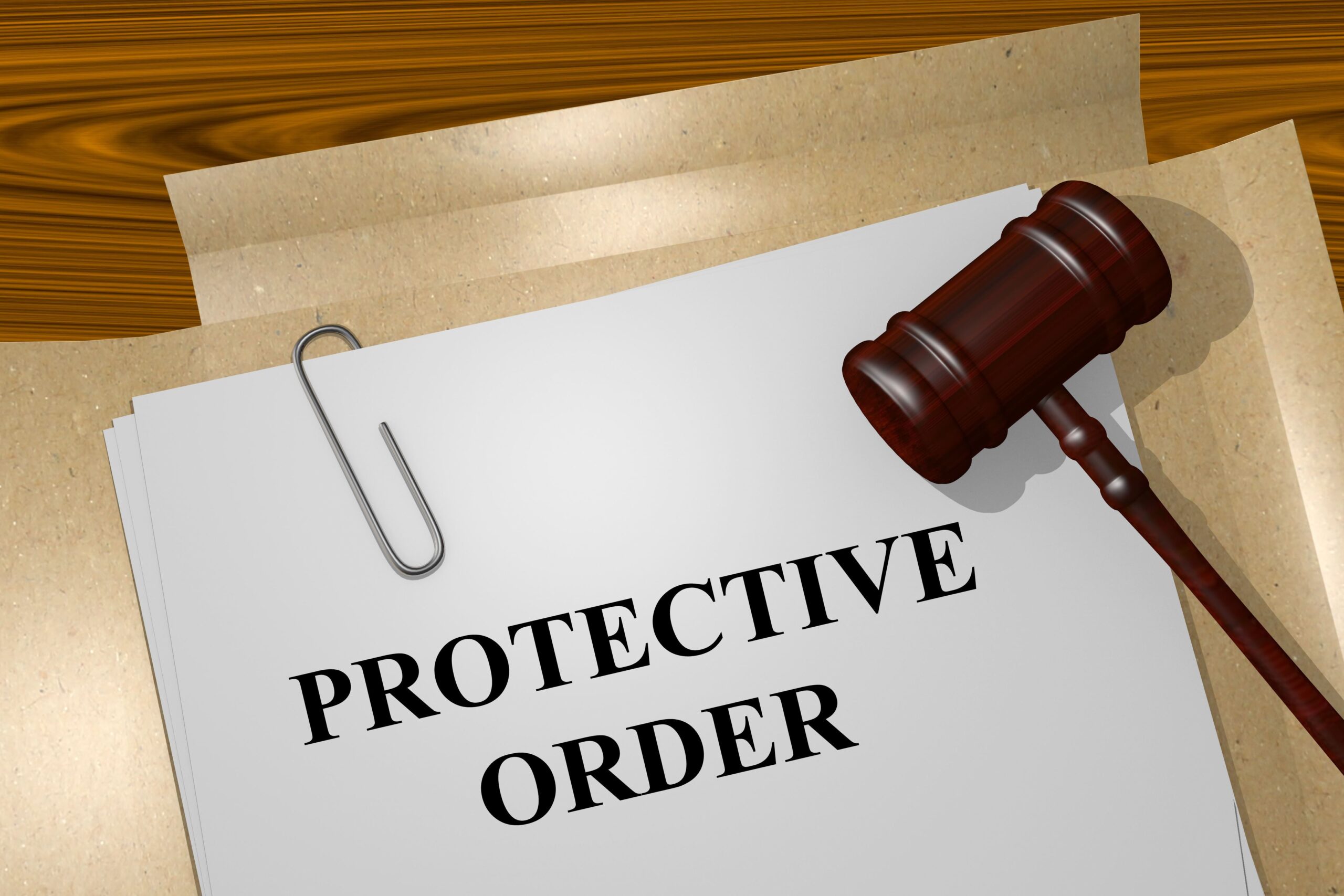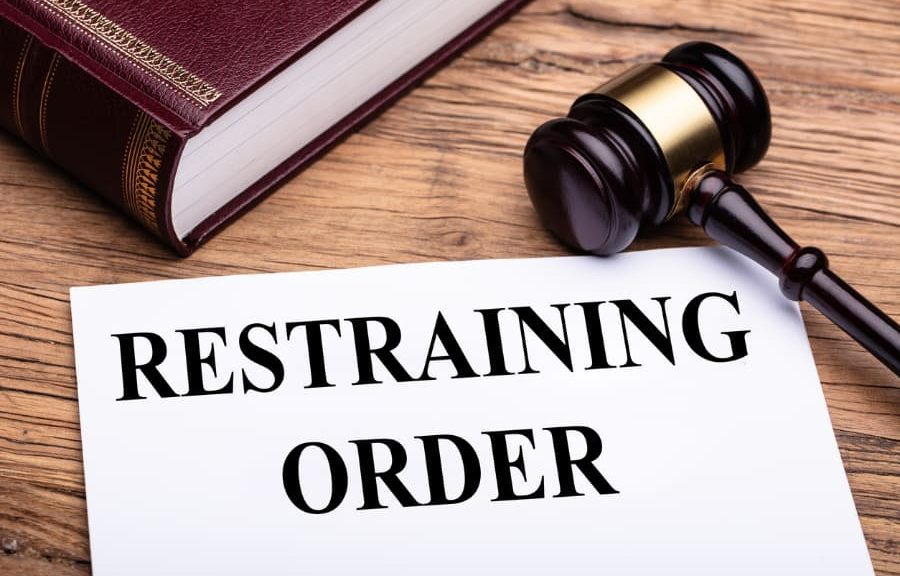Protective orders and restraining orders are essential legal tools for individuals facing threats or harassment. Though often used interchangeably, they serve different purposes.
Protective Orders

Key Features of a Protective Order:
- Stay-Away Provisions: The order can require the abuser to maintain a certain distance from the victim’s home, workplace, or other specified locations.
- No Contact Provisions: It can prohibit any form of communication from the abuser, including phone calls, texts, emails, and social media contact.
- Behavioral Restrictions: The order can mandate that the abuser refrains from specific behaviors that may cause harm, such as physical violence, verbal threats, or harassment.
- Firearm Restrictions: In many cases, the protective order may require the abuser to surrender any firearms they possess, reducing the risk of violence.
- Temporary Custody and Support: A protective order can also include provisions for temporary custody of children and financial support, ensuring the victim’s immediate needs are met.
When to Use a Protective Order
Domestic Violence

When to Seek a Protective Order:
- Physical Abuse: If you have been hit, pushed, or physically harmed by a partner or family member, a protective order can help prevent further violence.
- Threats of Violence: Even if no physical harm has occurred, if you are being threatened with violence, you can seek a protective order to prevent the situation from escalating.
- Emotional or Psychological Abuse: A protection order may also be necessary if continuous emotional or psychological abuse makes you fearful for your safety, even if this is more difficult to show.
Stalking
Stalking is another serious issue where a protective order may be necessary. Stalking involves repeated, unwanted attention or harassment that causes the victim to feel threatened or fearful. This can include being followed, receiving unwanted communications, or having someone show up uninvited at your home or workplace.
- Repeated Following: If someone persistently tracks your movements, either in person or through other means, a protective order can legally prohibit them from continuing this behavior.
- Unwanted Communication: Receiving constant, unsolicited messages, particularly if they are threatening or harassing, can be grounds for a protective order to stop the perpetrator from contacting you.
- Intrusive Visits: If someone continually shows up at your home, workplace, or other personal spaces without your consent, a protective order can bar them from entering these areas, giving you peace of mind.
Sexual Assault
Situations Where a Protective Order is Appropriate
- Post-Assault Contact: If the assailant attempts to contact the victim after the assault, a protective order can legally prohibit any form of communication.
- Proximity Restrictions: The protective order can require the assailant to stay away from the victim’s home, workplace, or other locations they frequent.
- Further Assault Prevention: By legally restricting the assailant’s actions, a protective order helps prevent any further attempts at assault or intimidation.
Restraining Orders
A restraining order is typically used in civil disputes, such as divorce or custody cases, to prevent one party from taking actions that could harm the other. Restraining orders can help manage behavior during legal disputes and maintain the status quo until a legal resolution is reached.
Each case is unique, and the court must evaluate the facts before issuing an order in either case.

Key Features of a Restraining Order
- Behavioral Restrictions: Restraining orders can impose restrictions on behavior, such as prohibiting a party from selling assets, interfering with business operations, or contacting certain individuals.
- Property Protection: These orders can prevent the transfer, sale, or destruction of property involved in a legal dispute, ensuring that assets remain intact until the case is resolved.
- Child Custody and Visitation: In family law cases, restraining orders can establish rules around child custody and visitation, particularly when there are concerns about a parent’s behavior.
- Business Operations: Restraining orders can regulate actions related to business operations, such as preventing a business partner from making unauthorized decisions or transactions.
When to Use a Restraining Order
Divorce Cases
When to Seek a Restraining Order in Divorce Cases
- Preventing Asset Disposal: If you are concerned that your spouse may try to sell, transfer, or hide marital assets before the divorce is finalized, a restraining order can prevent them from doing so.
- Securing Financial Stability: A restraining order can also ensure that both parties continue to meet financial obligations, such as paying bills or maintaining insurance policies, during the divorce proceedings.
- Maintaining Property Integrity: In cases where there is shared property, a restraining order can prevent either spouse from making changes to the property, such as taking out loans against it or making significant alterations.
Child Custody Disputes
When to Seek a Restraining Order in Child Custody Disputes:
- Restricting Contact: If one parent poses a risk to the child, a restraining order can limit their contact or dictate specific conditions for visitation, such as supervised visits.
- Preventing Abduction: In cases where there is a concern that a parent may attempt to take the child out of state or country without permission, a restraining order can prevent such actions.
- Ensuring Compliance: A restraining order can enforce adherence to court-ordered custody arrangements, preventing either parent from unilaterally changing the terms or schedule.
Additional Considerations for Restraining Orders
When considering a restraining order, it’s important to know that these orders are usually temporary and linked to the duration of the legal case. They can be renewed or extended if needed. To obtain a restraining order, you typically need to file a petition with the court and provide evidence to support your request. Consulting with an attorney can help ensure the order is suited to your situation and meets all legal requirements.
Key Differences Between Protective Orders and Restraining Orders
Understanding the key differences between these two types of legal protections is crucial in deciding which one is appropriate for your situation.
- Purpose: Protective orders are specifically designed to protect individuals from violence, threats, and harassment, while restraining orders are used to manage behavior in civil disputes.
- Scope: Protective orders are more narrowly focused on personal safety, whereas restraining orders can cover a wide range of issues, including property and financial matters.
- Duration: Protective orders often last longer and can be extended, while restraining orders are usually temporary and tied to the duration of a legal case.
How to Obtain a Protective Order or Restraining Order in Texas
The process for obtaining either type of order involves filing a petition with the court. For a protective order, you will need to demonstrate that you are facing a credible threat of harm. For a restraining order, you must show that the other party’s actions are causing you harm or could cause harm in the context of a legal dispute.
- Filing the Petition: Visit your local courthouse or consult with an attorney to file the necessary paperwork.
- Hearing: After filing, a hearing will be scheduled where both parties can present their case.
- Court Decision: The judge will decide whether to grant the order based on the evidence presented.

Your Safety Deserves the Right Protection


